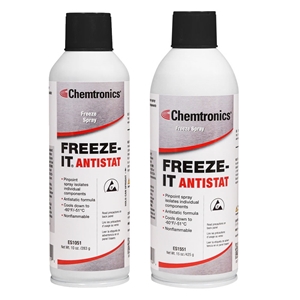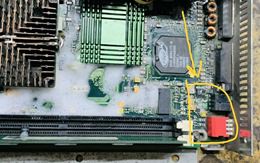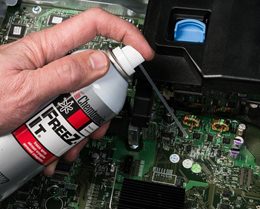
Your Sample Request
Freeze-It Antistatic Freeze Spray
*=required field
TDS
REGS
SDS
Freeze-It Antistatic Freeze Spray
High-performance, pinpoint-accurate freeze spray for static-sensitive components
Freez-It® Antistat is engineered for locating thermal intermittent electrical components or cooling printed circuit boards with minimal static generation. This circuit refrigerant system is nonflammable, residue-free and provides fast cooling action.
Features & Benefits
- Pinpoint spray isolates individual components without freezing surrounding areas
- Antistatic formulation ideal for use on static sensitive components
- Rapidly cools components to -60°F/-51°C
- Non-abrasive, safe for use on plastics and other sensitive surfaces
- Nonflammable
- CFC/HCFC free
- Evaporates quickly, leaves no residue
- Minimal frost formation
Applications
- Cool Equipment for Testing
- Dissipate Heat While Soldering or Desoldering
- Isolate Thermal Intermittent Components
- Test Circuit Traces for Continuity, Stress Fractures
- Track Static Sensitive Components
| TDS | |
| REGS | |
| SDS | |
| Categories |
| Specifications | 6850-01-560-5804 |
|---|---|
| NSN | ES1551 - 6850-00-142-40716 |
| Shelf Life | 10 yrs. |


